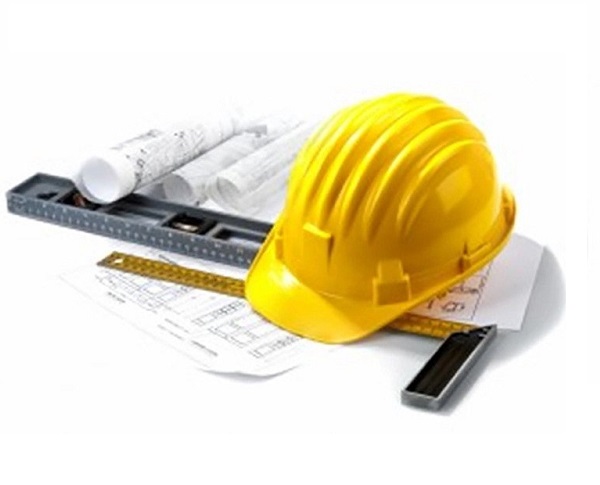Cal/OSHA 30 Hour General Industry Safety and Health
Course Modules - (20)
This training program is intended to provide entry level general industry workers information about their rights, employer responsibilities, and how to file a complaint as well as how to identify, abate, avoid and prevent job related hazards on a job site. The training covers a variety of general industry safety and health hazards which a worker may encounter at a work site.


